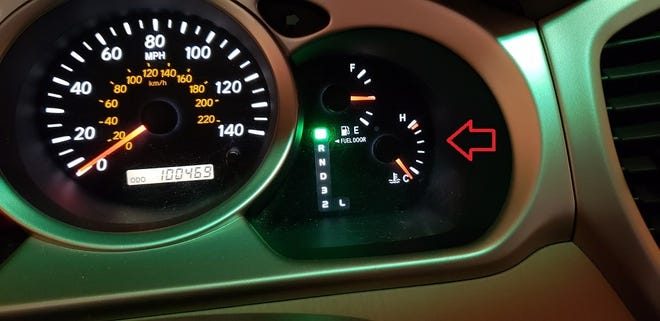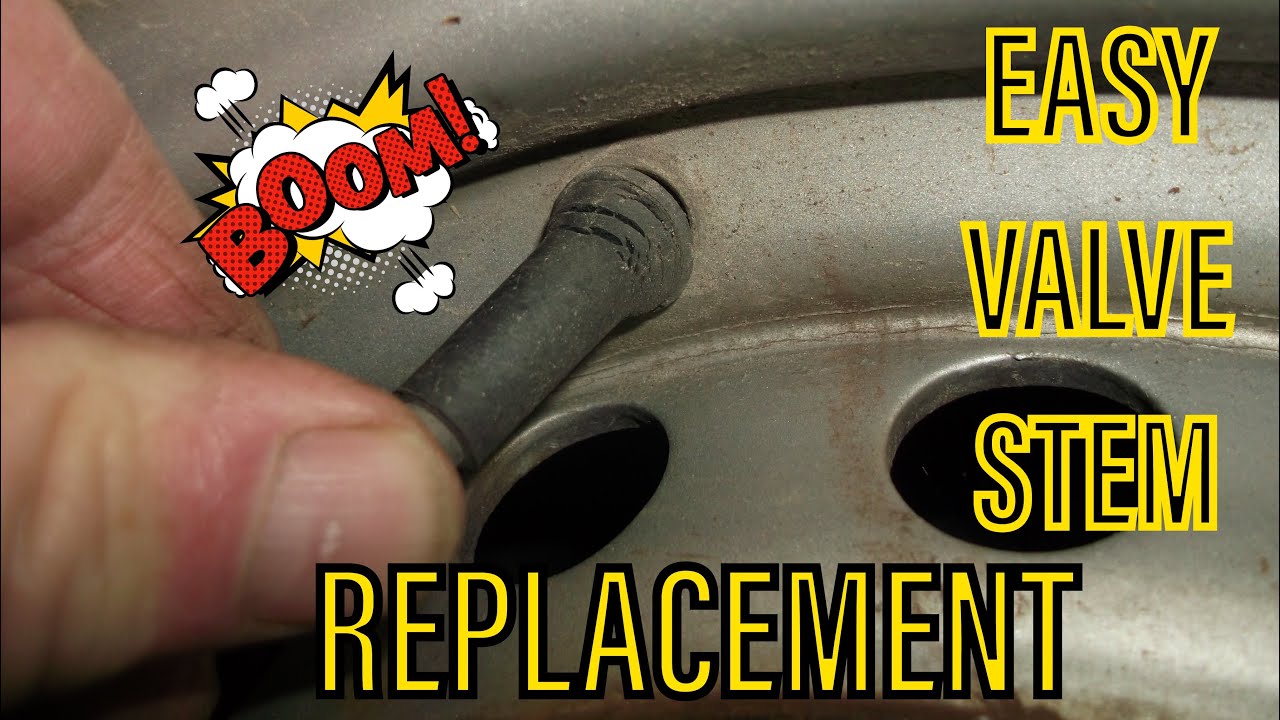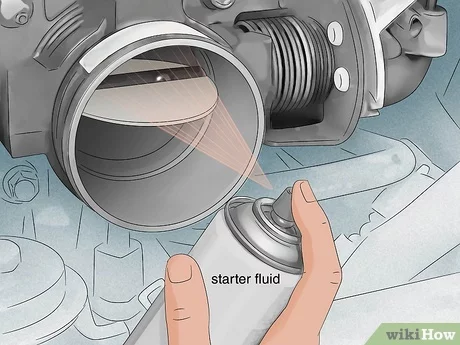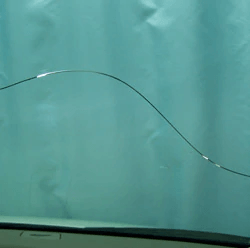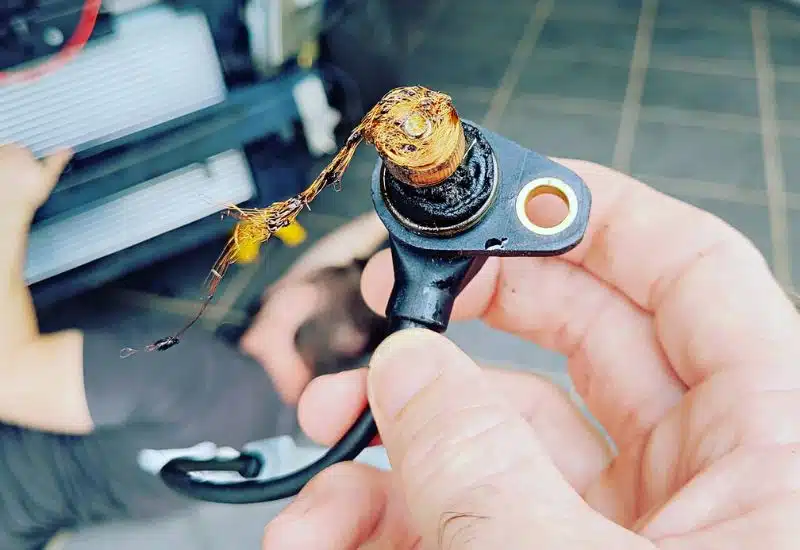Can a Thermostat Cause No Heat in Car
Yes, a faulty thermostat can cause no heat to be produced in a car. A malfunctioning thermostat may prevent the engine from reaching its optimal operating temperature.
Dealing with car heating issues, especially during the cold months, can be frustrating. A car’s ability to provide heat is directly connected to the proper functioning of its cooling system, of which the thermostat is a critical component. The thermostat regulates the flow of coolant to maintain the engine’s temperature.
If this component fails, it could stay closed, limiting coolant flow and consequently, resulting in insufficient heat being transferred to the car’s heater core. This could lead to a chilly driving experience. Frequent checks and timely maintenance are advised to ensure your thermostat functions correctly, keeping your drives comfortable and preventing potential engine damage due to overheating.
Common Causes Of Car Heating Problems
When you turn on the heat in your car, you expect to be embraced by warm air. But sometimes, you’re greeted with a chilly blast. A car’s heating system is a complex maze. It involves several components, including the thermostat, blower fan, heater core, and more. Problems with any of these can lead to a lack of heat.
Symptoms Of Heating Failure
Cold air instead of heat is a clear sign something’s wrong. Overheating engines can also signal heater issues. Sometimes, the car interior doesn’t warm up, or the defrost function fails to clear your windscreen. These symptoms often suggest a need to check the heating system.
Thermostat Issues Versus Other Heat System Components
The thermostat is crucial for managing engine temperature. When it fails, it can lead to no heat in the car. However, it’s not always the culprit. Other system parts, like the blower motor or heater core, could be at fault. Proper diagnosis is key.
| Thermostat Issues | Other Heating System Problems |
|---|---|
| Engine temperature fluctuations | Noisy blower fan |
| Thermostat housing leaks | Leaking coolant (heater core issue) |
| Temperature gauge reading too high or low | Low airflow from vents |
- If the heater struggles, test the thermostat.
- Inspect the heater core for leaks or blockages.
- Check the blower motor for functionality.

Credit: m.youtube.com
Role Of The Thermostat In Vehicle Heating
Your car’s thermostat plays a crucial role in ensuring you stay warm during chilly drives. It’s like a small gatekeeper, deciding when to let the heat into your car’s interior.
Basic Function Of The Thermostat
The thermostat regulates engine temperature. It sits between the engine and the radiator. When your car starts, the thermostat stays closed. This allows the engine to warm up quickly.
- Thermostat opens at a set temperature
- Coolant circulates through the radiator
- Coolant absorbs heat and returns to the engine
Warm air needed to heat the interior comes from the engine’s heat.
How A Faulty Thermostat Affects Heating
A faulty thermostat can lead to no heat in your car. The signs include:
- Engine overheats or runs too cold
- Heater blows cold air
- Temperature gauge reads wrong
A stuck closed thermostat prevents coolant flow. This makes the engine overheat. Overheating damages the engine.
When it’s stuck open, the engine won’t reach the right temperature. This leads to cold air in the cabin.
Diagnosing A Faulty Thermostat
A well-functioning thermostat is crucial for maintaining your car’s temperature. It acts like a traffic cop for your car’s cooling system, directing heat when and where it’s needed. When it fails, you’re left with a chilly situation. Let’s dive into the steps to diagnose a faulty thermostat and ensure you’re not stuck in the cold.
Visual Inspection Tips
Start with an external check. Here’s what to look for:
- Check for leaks around the thermostat housing.
- Look for rust or corrosion.
- Inspect for visible damage on the thermostat itself.
These signs can indicate a thermostat struggling to regulate your vehicle’s temperature.
Testing Thermostat Operation
To test the thermostat’s operation, you will need to monitor how it responds:
- Start the engine and let it reach normal operating temperature.
- Touch the upper radiator hose carefully – it should be hot.
- If the hose isn’t warming up, the thermostat may be stuck closed.
A thermometer can also be used to test the coolant temperature directly. If it’s lower than expected, the thermostat isn’t allowing the engine to warm up properly.
Replacing A Thermostat
If your car’s heat is on the fritz, the thermostat might be the culprit. A faulty thermostat can prevent proper engine warming, leading to a chilly ride. Replacing a broken thermostat can restore your car’s heat. It’s a job that requires some tools and a bit of know-how, but it’s manageable for most DIY enthusiasts. Read on to learn exactly what tools you’ll need and a step-by-step guide to swapping out that thermostat.
Tools And Materials Needed
- Screwdrivers – flat-head and Phillips
- Socket wrench set
- Gasket scraper or putty knife for cleaning
- Drain pan for coolant
- New thermostat and gasket
- Coolant – to refill the system
- Rags for cleanup
- Digital camera or smartphone – to take reference photos
Step-by-step Replacement Procedure
- Allow the engine to cool. Never work on a hot engine.
- Open the car’s hood and locate the thermostat housing.
- Place the drain pan under the radiator and drain the coolant.
- Remove the housing using the screwdrivers and socket wrench set.
- Take a photo of the old thermostat for reference using a digital camera or smartphone.
- Take out the old thermostat. Note its orientation.
- Scrape away any gasket material from the mounting surface using a gasket scraper or putty knife.
- Install the new thermostat and gasket. Make sure it matches the position of the old one.
- Reattach the thermostat housing and tighten the bolts.
- Refill the system with coolant.
- Start the car and check for leaks, ensuring the engine heats up properly.
Remember, take your time and follow these steps to ensure proper installation. A new thermostat can mean the difference between a cozy drive and an uncomfortable one. With the right tools and a careful approach, you’ll have your car’s heat up and running in no time.
Preventative Maintenance To Avoid Heating Issues
A cozy ride on a cold day relies on your car’s heating system. Poor heat output often surprises drivers. Regular maintenance prevents such surprises. This section delves into vital checks and replacements that keep your car’s heater reliable.
Regular Check-ups For The Cooling System
Maintaining your car’s cooling system is crucial. It affects the heating too. Coolant levels, hoses, and the radiator need checks. Always eye the temperature gauge. Avoid overheating to keep the heating system robust.
- Inspect the coolant – Ensure it’s at the correct level.
- Look for leaks – Check hoses and the radiator.
- Thermostat function – It should open and close properly.
When To Replace A Thermostat Proactively
A thermostat controls the heat in your car. Replace it before it fails. It’s a small investment for a big return in comfort and reliability. Doing so every 50,000 to 60,000 miles is a good rule of thumb.
| Mileage | Action |
|---|---|
| Regular intervals | Inspect the thermostat |
| 50,000 – 60,000 miles | Consider replacement |
Early replacements may prevent larger issues. It avoids engine damage from overheating. Stay ahead of car troubles with proactive thermostat checks.
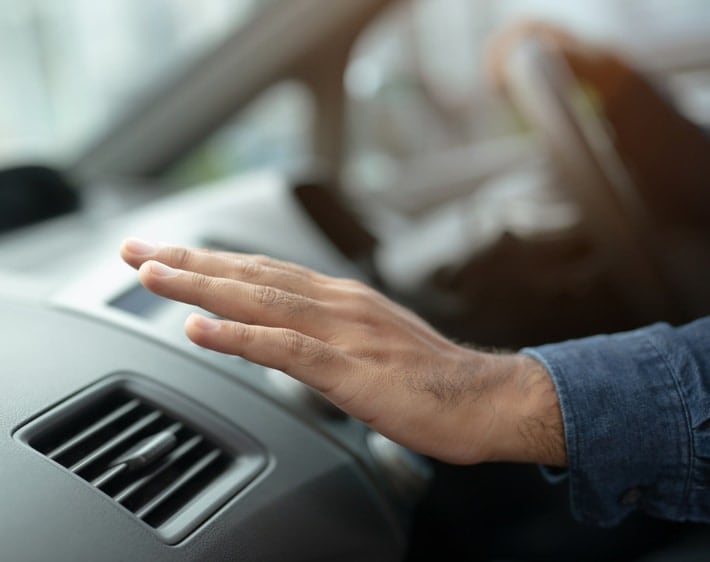
Credit: www.firestonecompleteautocare.com
Other Common Heating System Repairs
Experiencing no heat in your car on a cold day can be unsettling. Aside from a thermostat issue, other components within your car’s heating system may need repairs. Let’s delve into some of the other potential culprits that could leave you shivering.
Addressing Heater Core Problems
The heater core is like a small radiator that uses hot engine coolant to warm up the air inside your vehicle. A malfunctioning heater core can lead to no heat output. Signs of a heater core issue include:
- Fog inside your windshield,
- A sweet smell due to coolant leakage,
- Cold air blowing when heat is expected.
To fix a heater core problem, a mechanic may need to flush it out or, in some cases, replace it entirely. This ensures that hot coolant can flow freely, providing the necessary warmth.
Troubleshooting Blower Motor And Resistor
The blower motor and resistor control the flow of heated air into the car’s cabin. If something’s wrong here, you might experience:
- Weak air flow even at the highest setting,
- Noise when the fan is turned on,
- The fan working intermittently or not at all.
To address blower motor and resistor issues, a technician might inspect and test these components. A fix could range from a simple electrical connection repair to replacing the motor or resistor.

Credit: blog.openbay.com
Frequently Asked Questions On Can A Thermostat Cause No Heat In Car
Can A Faulty Thermostat Cause Car Heating Issues?
A malfunctioning thermostat can indeed cause your car to have no heat. The thermostat regulates the engine’s temperature. If it fails, it can prevent the engine from reaching the optimal operating temperature, leading to insufficient heat production and ineffective cabin warming.
What Are Signs Of Car Thermostat Failure?
Key symptoms include erratic temperature gauge readings, overheating, poor fuel economy, and insufficient cabin heat. If you experience these, it’s wise to have your car’s thermostat inspected.
How Do I Test My Car’s Thermostat?
To test your car’s thermostat, let the engine warm up and feel the upper radiator hose. If it remains cool while the engine is hot, the thermostat may be stuck closed, restricting coolant flow and heat.
Will Changing The Thermostat Fix Car Heat?
Replacing a defective thermostat can restore proper engine temperature regulation. This can fix the car’s heating system if the issue stemmed from a failure of the thermostat to open and allow coolant circulation.
Conclusion
A malfunctioning thermostat often goes unnoticed yet it’s a pivotal part of your car’s heating system. Recognizing the signs of failure can restore your car’s warmth swiftly. Regular checks are recommended to avoid being left in the cold. Trust your vehicle to professionals for a thorough diagnosis and ensure a cozy ride, every time.

